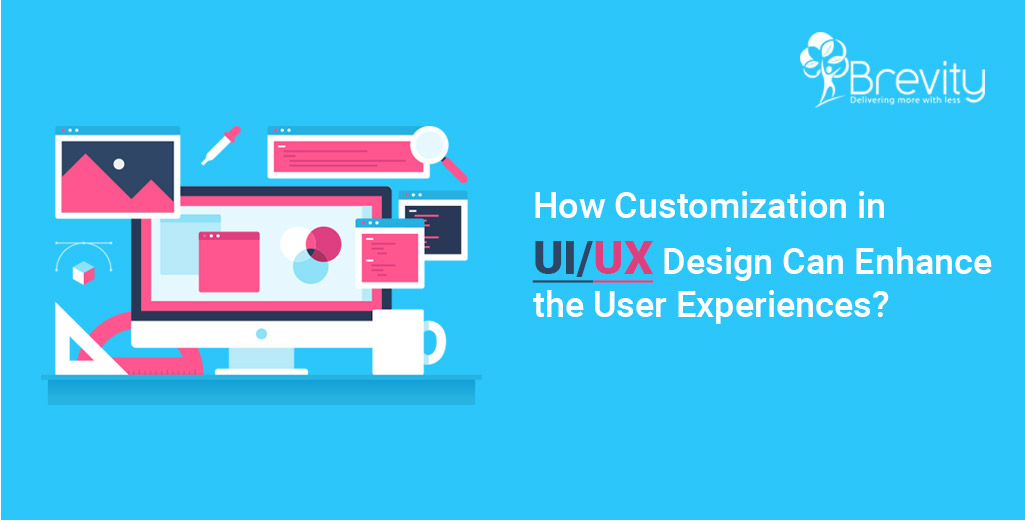
Overview
Customization gives control to the user and personalization gives control to the site. When this carefully implemented, both can enhance the user’s experience. Users generally mix up both the words interchangeably, there are many differences between both these terms. To understand these terms, it is important to study the objectives.
Let’s discuss some insights of customization as well as personalization, which will help you in the UI/UX design services.
Customization in UI/UX
Mainly, the Customization is done by a user for making changes as per their particular requirements through configuring layouts, content, or functionalities. It takes the user experience to a new level because of the control of maintaining interaction. In the end, users should know what they want.
Customization makes the line “Customers are king”, a reality. The key tactic behind this philosophy is that the users know their objectives and how to fulfil their objectives. Therefore, it is given higher values on the natural intelligence above artificial intelligence associated with the system.
Common examples of customization consist of interface customization, where a user can choose according to the preferences. For example, Facebook where users can choose the content as per their preferences. Moreover, Facebook provides the option of turning on notifications for individual people, posts, or pages.
It allows the users to choose based on the option about what to set as preferences and how the information is displayed or organized.
Personalization in UI/UX
You can do personalization in UI/UX designing depending on the principles of intelligence through the app itself. As per users’ preferences as well as usage patterns, an app tries to offer highly contextual and personalized information. An app tries to deliver users’offers, content, or features, which match their requirements. This kind of personalization brings importance to customers as well as takes the loyalty level to a new height.
Personalization has become an important part of UI/UX designing because of the ability to build an association with the end-users. The key objective is to offer contextual experience through delivering functionality and content, which aligns with particular user interests or requirements without any precise efforts from the users.
The app outlines the user as well as supports the interface as per the profile need. An important step in making a natural and personalized experience is to present users with relevant content. Providing push notifications depending on the users identify when the favorite shows are accessible. Netflix has set the standards of custom-made push notifications. For example, it uses push notifications for informing users about the availability of their preferred shows.
Paradigm Shift towards Personalization from Customization
Customization is an enduring demand, which users expect during their interactions. However, the condition has changed, and we are going towards personalization. This paradigm shift is getting popularity as the customization comes with higher interface costs.
While you are empowering the user with customization, the load is shifted towards the user, and the majority of users don’t enjoy tweaking the settings too much. Also, the customization of understanding has become a tricky task because of mobile devices, mainly due to different screen sizes. You won’t get many flexibilities to create custom-designed interfaces for nearly every user of the smaller mobile screen.
Conclusion
Effective customization or personalization in UI/UX depends on understanding the users well. The procedure needs ongoing and perseverance. Personalization needs periodic reviews for making sure that suitable content goes to the right profile, and customization helps users in making changes depending on the factors like preferences or interests.
To know more about customization in UI/UX or to hire professional UI/UX designing services, you can contact Brevity Software or ask for a free quote!